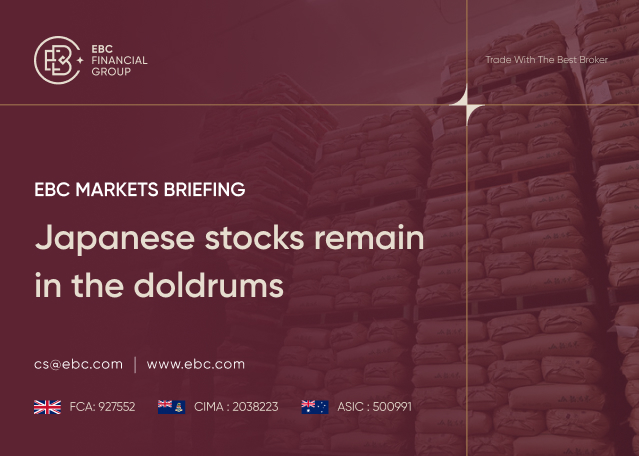Core CPI Soft for Second Straight Month; Initial Claims Jump
BOTTOM LINE: The core Consumer Price Index (CPI) for July increased by 0.16%, which was in line with the slow pace seen in the previous month and 4 basis points below what was expected by consensus. The year-on-year growth rate decreased by one tenth to reach 4.7%. The components of the index showed some improvement, although the monthly core reading was dampened by a significant 6 basis point drop in airfare prices, which was an unexpected decline. Looking beyond that, the overall report indicated positive trends in terms of disinflation. Inflation in the rental sector continued to decelerate, categories related to services sensitive to wage changes displayed some softness overall, and the 1.3% decrease in used car prices is likely the initial phase of a more substantial retreat.
The findings of this report make it even less likely that there will be an interest rate hike in September, aligning with Goldman Sachs beliefs that the Federal Open Market Committee (FOMC) will conclude that a final increase is not necessary during the November meeting. I maintain my projection that the policy will have one more increase for the remainder of the year. Additionally, initial jobless claims experienced a rise of 21,000 to reach 248,000, surpassing the expectations of consensus.
MAIN POINTS:
1. July core CPI rose 0.16% (MoM), 4bp below consensus and matching the previous reading as the lowest since February 2021. I believe residual seasonality in travel categories weighed on the core reading, and I expect a partial reversal of the 8.1% decline in airfares in coming months. Apparel prices were unchanged, also likely reflecting a drag from residual seasonality. Outside of that, the report was broadly encouraging from a disinflation perspective. Rent inflation slowed further (+0.42% vs. 0.46% in June and the spring monthly trend of just over 0.5%), and I believe the rebound in OER (+0.49% vs. +0.45% in June) reflects a temporary boost from imputed utilities. Auto prices fell (new -0.1%, used -1.3%), and I expect additional declines in August and beyond due to the pullback at the wholesale level. Wage-sensitive services categories were softer on net, including hospitals (-0.4%), other personal services (-0.1%), and the smallest gain among restaurants since March 2021 (+0.2%, “food away from home” category). Nursing homes (+2.4%) was a notable exception. Also of note, car insurance rates rose 2.0% as carriers continue to pass through the lagged impact of higher used car prices and auto repair costs. Inflation breadth softened a bit further in July, with the Cleveland Fed’s trimmed monthly CPI inflation at +0.21% month-over-month and 4.8% year-over-year, compared to +0.22% and 5.0% respectively in June. Headline CPI rose 0.17%, as food prices rose 0.2% and energy prices rose 0.1%. Within energy, a 2.0% rise in piped gas and 0.2% rise in gasoline prices more than offset a 0.7% pullback in electricity prices.
Source: Finlogix Economic Calendar
2. Initial jobless claims increased 21k to 248k in the week ended August 5, above consensus expectations for a 3k increase. The four-week moving average of claims edged up by 3k to 231k. Two distortions that likely boosted initial claims over the last few months—potentially fraudulent filings in Ohio and expanded eligibility for unemployment insurance in Minnesota—appeared to intensify in Friday’s report. Those two states accounted for 35k initial claims (vs. 28k in the prior week and 14k in late May; SA by GS). After adjusting for those distortions, initial claims still increased week-over-week (+14k) though remained near the lower end of the range seen between March and July. I suspect that non-union workers at Yellow (8k of their 30k employees) who were laid off last week may have contributed modestly to this week’s increase in initial claims.
Source: Finlogix Economic Calendar
3. Nationwide continuing claims—the number of persons receiving benefits through standard programs—fell by 8k to 1,684k in the week ended July 29, slightly below consensus expectations. Ongoing seasonal distortions have likely weighed on continuing claims over the last few months, and I estimate they could exert a cumulative drag on the level of continuing claims of 375k between April and September.
This content may have been written by a third party. ACY makes no representation or warranty and assumes no liability as to the accuracy or completeness of the information provided, nor any loss arising from any investment based on a recommendation, forecast or other information supplied by any third-party. This content is information only, and does not constitute financial, investment or other advice on which you can rely.



















